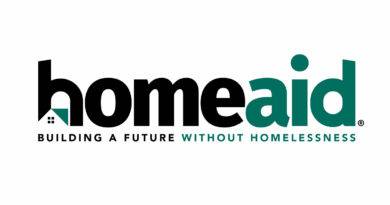Building Thriving Communities
What makes master-planned communities (MPCs) successful? John Burns Research and Consulting’s (JBREC) New Home Trends Institute (NHTI) recently finished its annual survey, gathering insights from developers behind 55 of the most respected MPCs in the U.S. Three key trends emerged:
MPCs are adjusting lot and home sizes to address affordability.
Housing affordability remains one of the most significant challenges facing the industry today. Our Burns Affordability Index, which tracks the typical monthly housing-cost-to-income ratio for a buyer, is near its highest level on record. To address this, 80% of MPC developers are making strategic adjustments to improve community affordability. Over half of these developers are introducing or expanding the number of small lots for detached homes (slightly up from our 2023 survey), while nearly as many are considering increasing the number of attached housing options. Master-planned communities are expanding their offerings to include atypical lot configurations with more cluster products, motor court homes, or houses on wide-shallow lots. Buyers are demonstrating they will accept these smaller, more cost effective homes in exchange for great lifestyle and amenities.
For example, Lakewood Ranch in Sarasota, Florida, introduced townhomes—for sale and rental—into its MPC, providing more affordable options for families and younger residents. Meristem Communities is creating a higher-density master plan on Houston’s westside, focused around a farm and future mixeduse core, with some creative attainably-priced housing options.
Rental housing is also becoming a more significant part of MPC strategies. On average, nearly 20% of residential products in these communities are dedicated to rental homes, including single-family build-to-rent (BTR) homes. 40% of developers are adding or increasing the rental component within their communities.
But not all MPC developers are concerned with affordability. Communities outside urban cores that offer lifestyle amenities can attract families from areas with higher costs of living. Those buyers want to trade commute time for community living, especially as flexible work arrangements become more common. Health, wellness, and sustainability are the guiding principles of today’s MPCs. Many developers are embracing lessons from “blue zones” (where lifestyle factors contribute to longer, healthier lives). Almost 90% of developers reported that their communities are designed to promote resident health and wellness, incorporating amenities such as walking trails, fitness courses, and community gardens. On average, developers are devoting more than one-quarter of their land to open spaces in their master-planned communities.
Ken Perlman is a managing principal with John Burns Research and Consulting, specializing in MPC research. He is based in San Diego, California.



